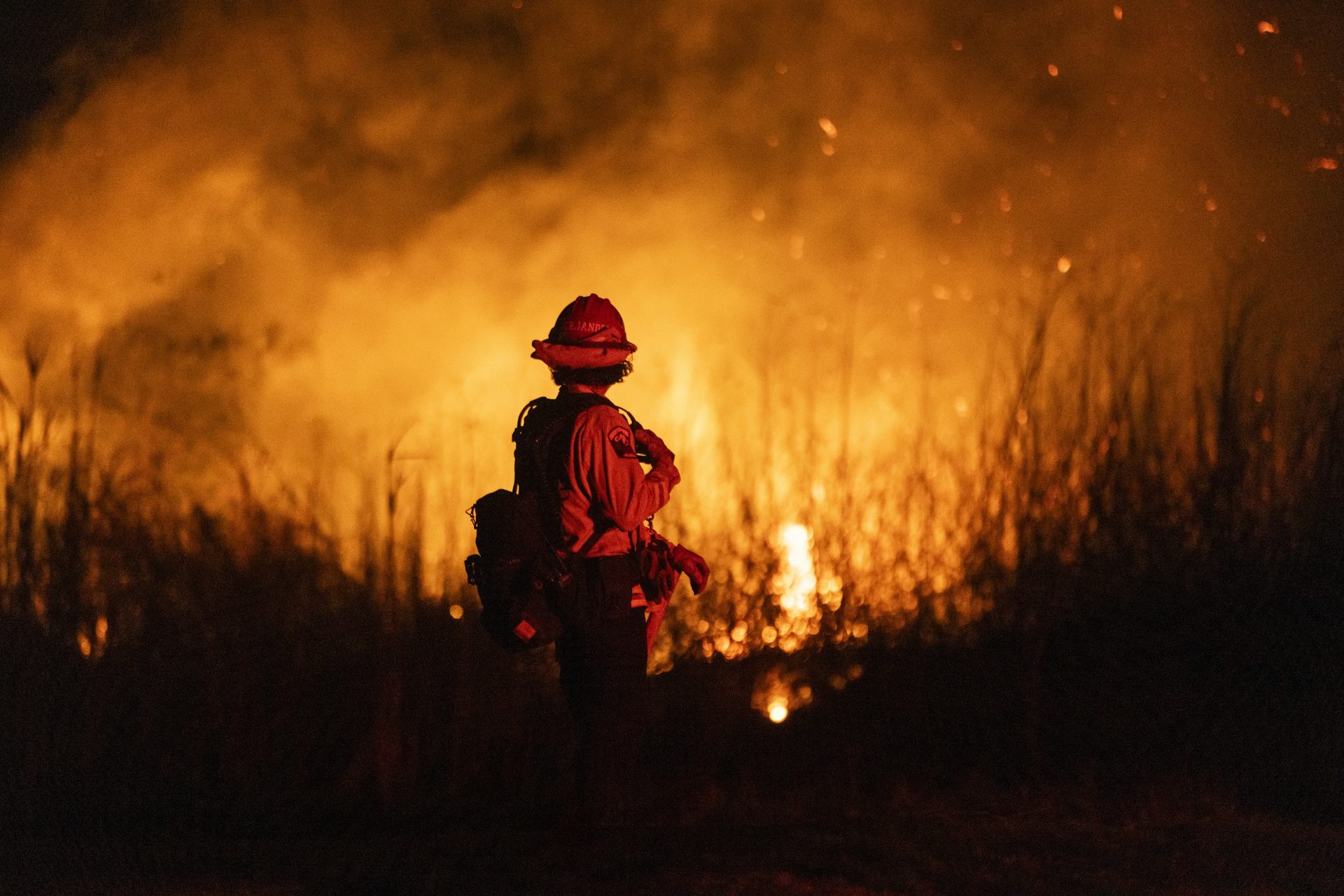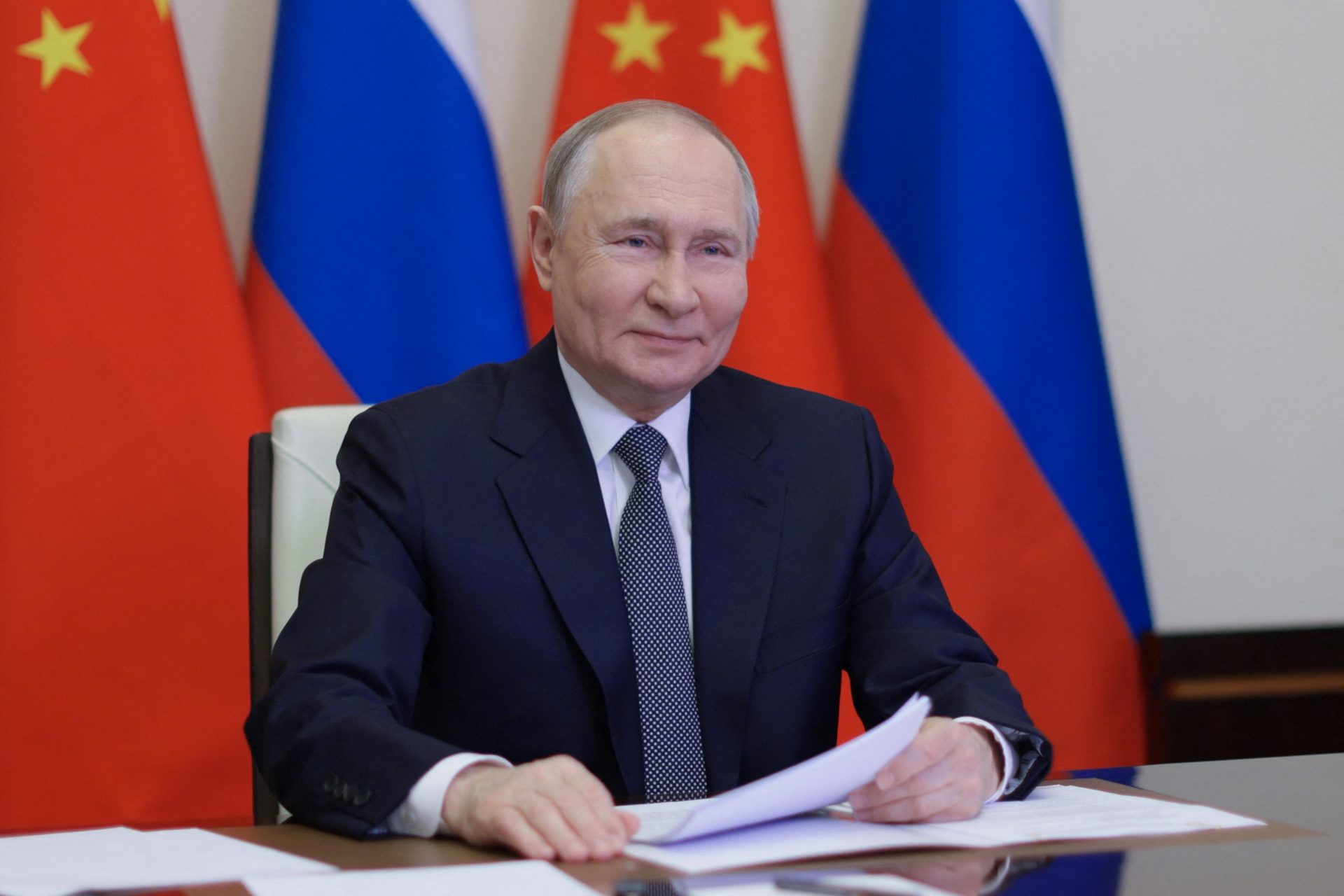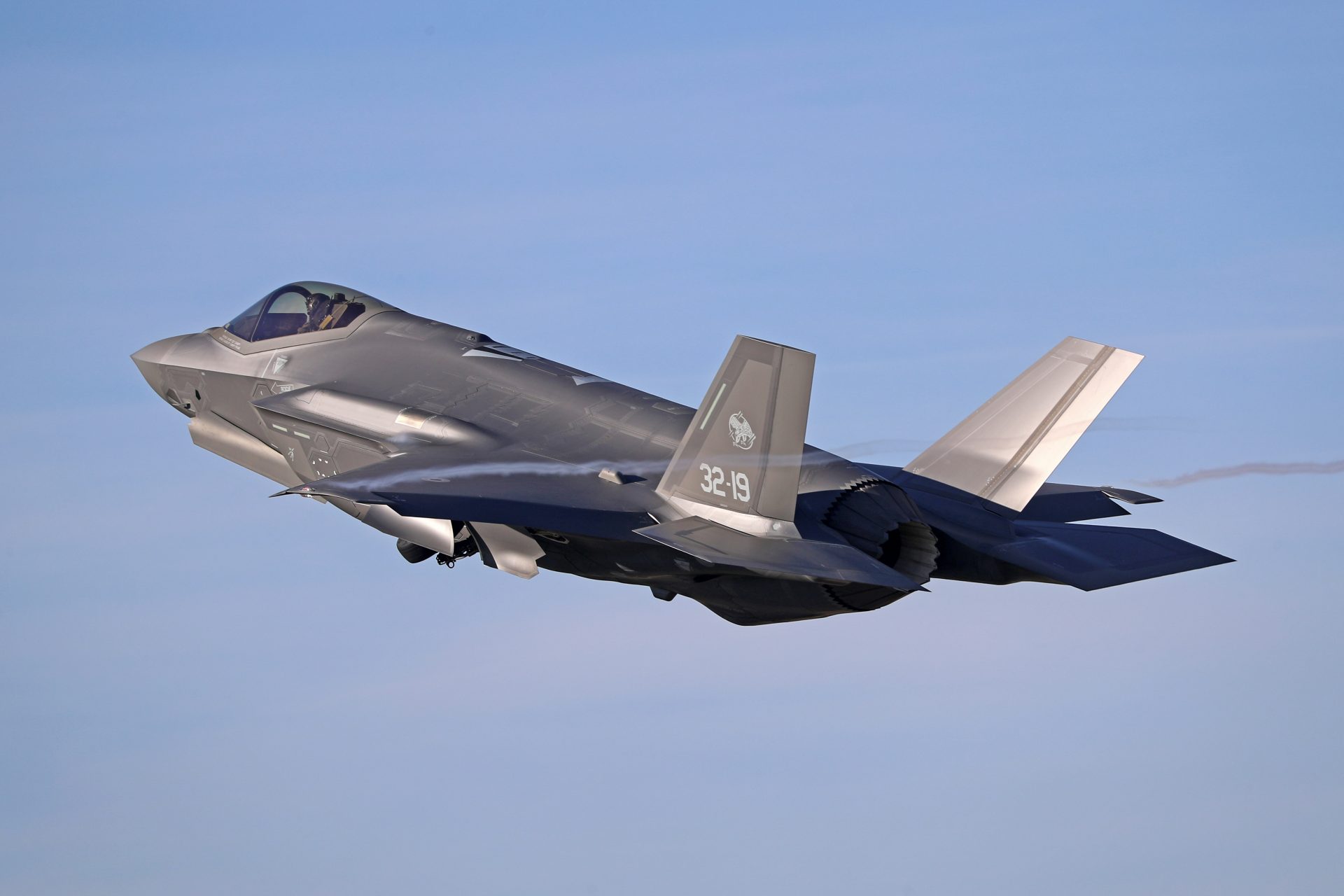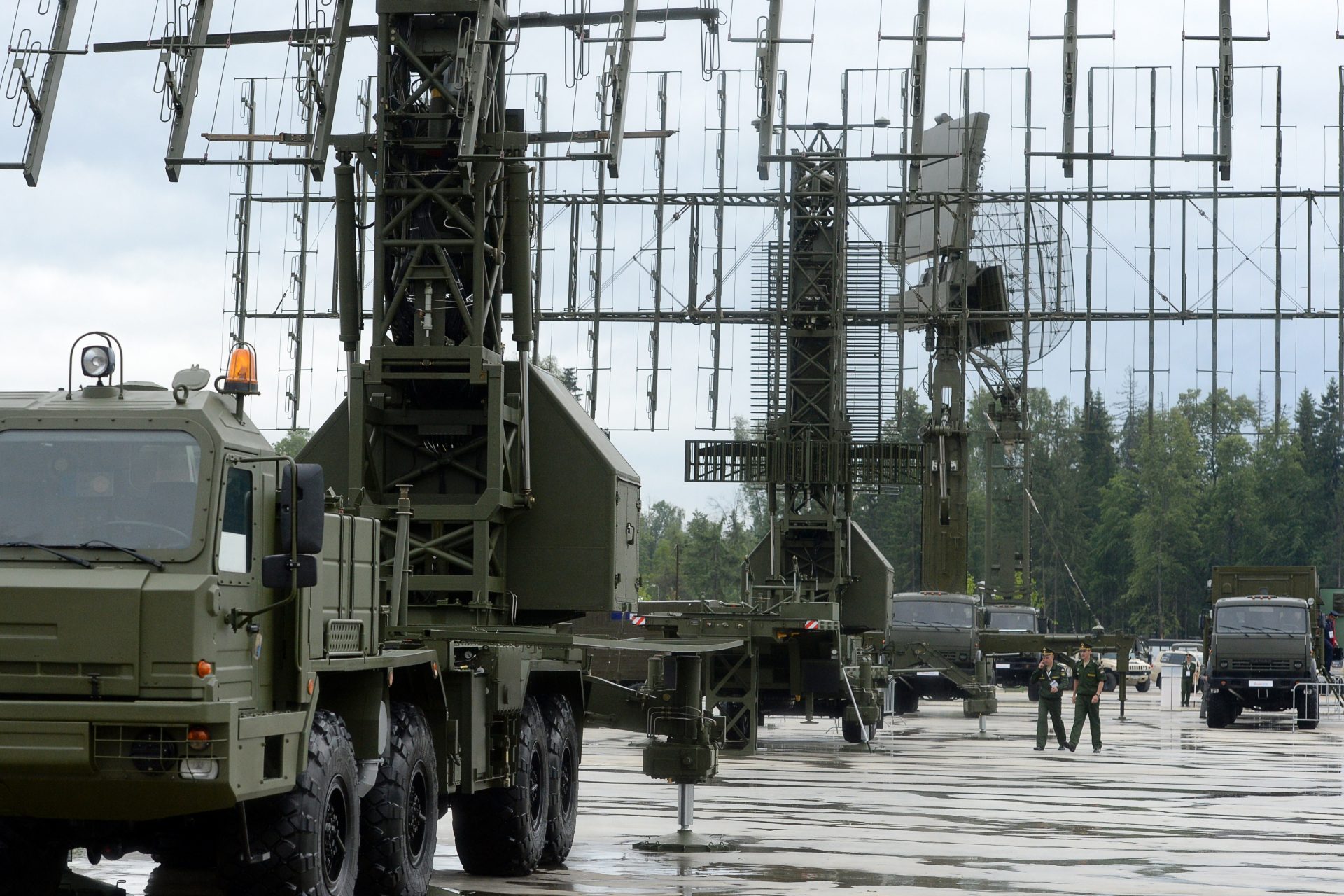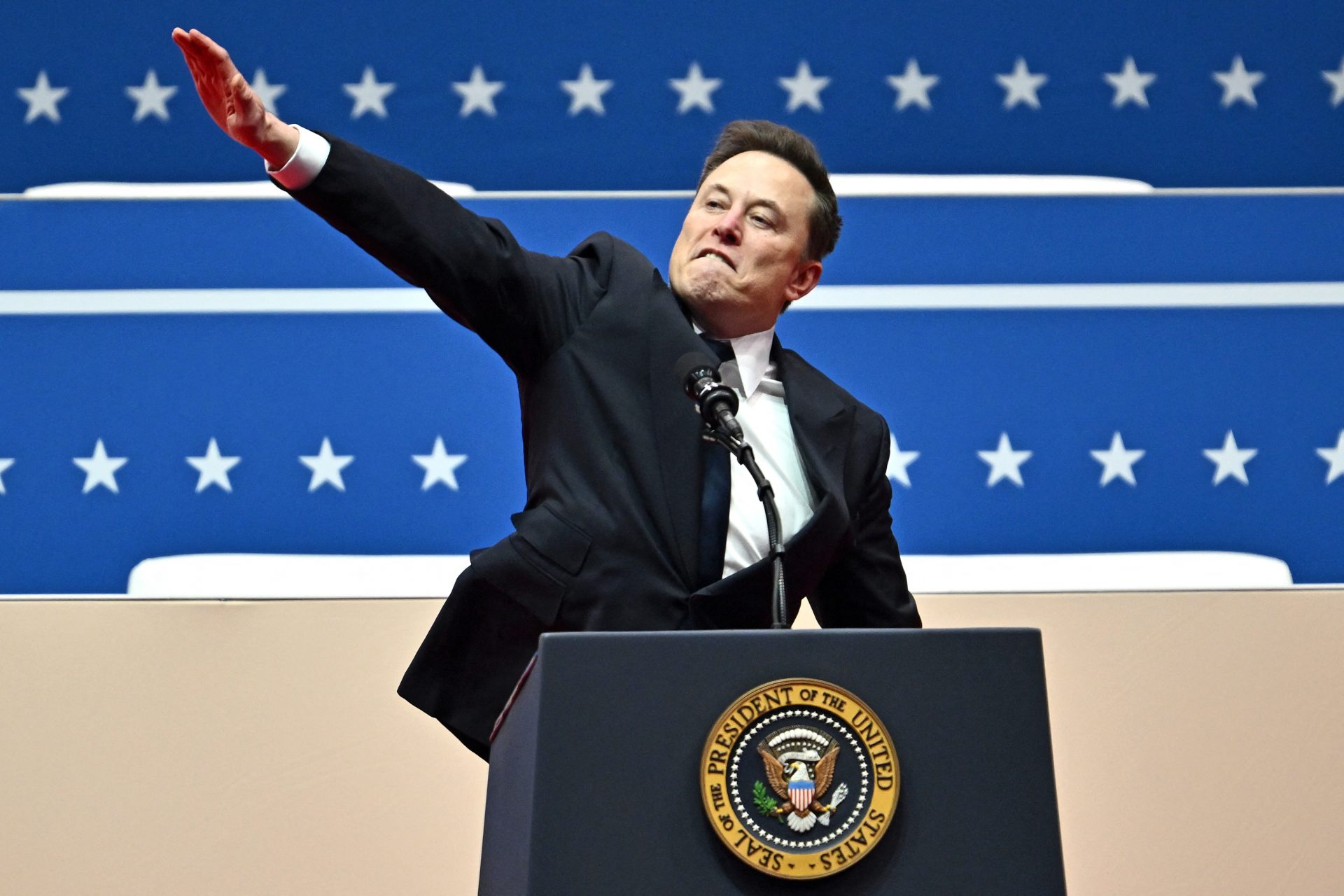Photos: how a giant ship blocked the Suez canal
In March of 2021, important routes of transport going to and from places all over the world were forced to a standstill. Ever Given, an enormous cargo ship, got stuck sideways in the Suez Canal and was nearly impossible to be removed.
On March 29, after a disastrous blockade of six days, the ship was finally dislodged and moving again, CNN reported.
Since she ship was completely blocking throughway for all other vessels in the waterway, many efforts were made to try to remove it. According to CNN, "an around-the-clock international effort to reopen the global shipping lane" ended on March 29, after "tug boats had spent several hours working to free the bow of the massive vessel after dislodging the stern earlier in the day."
Why was this accident so important to us all, wherever we live in the world?
The Suez Canal links the Red Sea to the Mediterranean Sea in Egypt. On March 23 the mammot-size cargo ship from the company Evergreen had run aground at kilometre 151 of the 193-kilometre-long canal. It then blocked the throughway for more than fifty ships per day.
Experts warned that the situation must be solved within the first five days of the blockade to avoid serious global consequences. While those early days are already disastrous, they said, the blockade would become a matter of grave global urgency after that.
The enormous cargo ship came from China and was bound for Rotterdam, The Netherlands. Due to strong gusts of wind and a sandstorm, the ship's trajectory was diverted and it ran aground sideways in the canal.
The Suez Canal was blocked completely, and there have been miles-long lines of ships waiting for a solution to continue their route. On Monday, CNN reported that the ship is no longer depicted on marine traffic websites as blocking the banks of the canal.
The dimensions of the Ever Given, constructed in Japan in 2018, have made a rescue operation very difficult. The ship is 400 metres long and 59 metres wide, which is the equivalent of twice the size of a soccer stadium, 24 trucks or 100 cars lined up in a row.
The ship weighs a total of 200,000 tonnes without any cargo. If we add the 20,388 containers it can transport, each 6 metres long, the total weight of the ship is enormous. If the Ever Given would have to be unloaded in order to get it floating again, it could have taken weeks to do so.
With hundreds of ships trapped, the blockade has affected imports and exports all over the world. In the first two days of the blockade, the number of ships waiting to cross the canal exceeded 250.
Since 19,000 ships pass through the Suez Canal each year, there are about 52 of them per day. Lloyd's List Intelligence consultancy claimed that every day the Suez Canal remained blocked, around 9.6 billion dollars in trade was paralysed. The stoppage was also costing Egypt 8 million dollars a day.
The Suez Canal provides a trade route linking Europe, Asia and the Middle East without having to round the Cape of Good Hope in southern Africa. The Canal saves ships more than 5,500 miles (9,000 km) of travel. It reduces the travel distance for maritime transport by 43%, the World Shipping Council (WSC) reports.
Because of the shortcut it offers, twelve percent of global maritime trade passes through the Suez Canal. It is also one of the most important routes for the transport of oil from the Persian Gulf. Bloomberg has estimated that, after 48 hours of blockade, there were already 13 million barrels of oil waiting to pass through the Suez Canal.
Many ships that did not stay in the line at the Suez Canal, started taking the alternative, long route past the Cape of Good Hope. The traffic there was reminiscent of the times before the Canal opened (1869), when all ships had to take this long route.
One of the most affected markets, Bloomberg reported, is that of copper. China was especially affected by the lack of copper. Other products with volatile prices, such as oil, also felt the effects of the blockade. The price of oil rose 6% as soon as the blockade and shortages were announced.
In addition, grains, cereals, livestock and even water are among the products awaiting their moment to cross. On the BBC, shipping analyst Peter Sand (BIMCO) said that "the delayed vessels were not only container ships, but oil and gas tankers and bulk carriers transporting grain supplies. 'We may see production stop at conveyer belts in Europe shortly,' he warned."
As soon as the matter in the Suez Canal was resolved, another problem followed. It was like a domino effect. Ports across Europe, like this one in Rotterdam, ran serious risks of becoming congested when they received the massive number of ships that should have been arriving over the course of a week, all at once.
More for you
Top Stories





















